According to information from VNA in Paris, WRI, which specializes in researching issues related to resources and the environment, has collaborated with Aqueduct - a program supported by an alliance of research centers, universities, governments and businesses, to publish a map showing current and future water shortages.
The WRI report found that about 4 billion people, or nearly half the world's population, face "high" water stress for at least one month each year.
According to an analysis by WRI and Aqueduct, based on data from 1979 to 2019, the proportion of the population affected could increase to nearly 60% by 2050.
“High” stress means that at least 60% of the available water resources have been used, leading to local competition between different users.
Currently, 25 countries are facing “extremely high” levels of water stress, meaning the imbalance between their water use and their water reserves is at least 80%.
Bahrain, Cyprus, Kuwait, Lebanon and Oman are the countries facing the most severe situation, topping the list along with Chile, Greece and Tunisia.
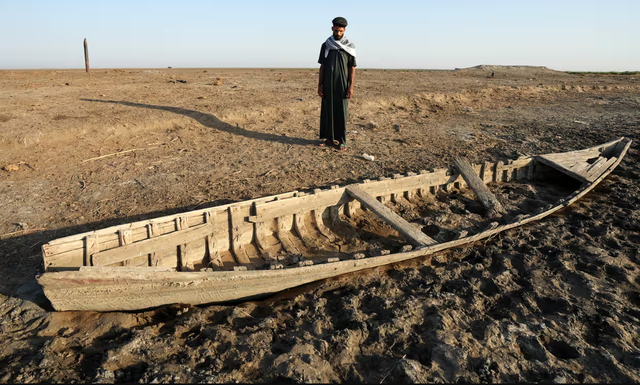
A dried-up riverbed in Iraq. Photo: AFP
In South Asia, more than 74% of the population lives in areas of severe water shortage, but they are still behind the Middle East and North Africa, where 83% of the population is affected.
“Water is a critical resource for agriculture and livestock production, as well as other essential activities. Water stress can therefore pose risks to jobs, food security, and health worldwide. With population growth, economic development, and climate change, water crises will become more serious without proper water management,” the report authors said.
The report said that increasing water stress will threaten the economies of countries, especially food-producing ones. Another water risk study found that 60% of the world’s irrigated agriculture faces high water stress, especially sugarcane, wheat, rice and corn. By 2050, the world will need to produce 56% more food calories than in 2010 to feed a projected population of 10 billion people.
The cost of water stress is expected to reach 31% of global GDP ($70 trillion) by 2050, up from 24% ($15 trillion) in 2010. Four countries, India, Mexico, Egypt and Türkiye, will be heavily affected by 2050.
The mining industry is also heavily dependent on water, so much so that Chile, the world’s second-largest producer of lithium – a metal seen as crucial to the energy transition – has announced that it plans to increase its water consumption 20-fold by 2050.
Globally, water demand has been increasing. Demand has doubled since 1960, driven by the boom in irrigated agriculture, growing demand for energy production, industry and population growth.
In fact, the rate of increase in water demand is even faster than the rate of global population growth. This phenomenon is especially evident in developing countries.
According to researchers, the natural water cycle is changing, causing extreme rainfall and drought. As a resource, water is becoming increasingly scarce as humans and most living things in nature demand more water as heat waves intensify. As a result, WRI asserts, “the world is facing an unprecedented water crisis, exacerbated by climate change.”
The report's authors argue that limiting the impact of the water crisis would not cost much, provided water management is improved.
They estimate that around 1% of global GDP is needed to address chronic underinvestment in infrastructure, change irrigation patterns, focus on developing nature-based solutions (such as protecting mangroves and wetlands), use treated wastewater… and reduce greenhouse gas emissions, to mitigate global warming.
Authorities in Singapore and Las Vegas (USA) have saved water by desalination and other techniques such as wastewater treatment and reuse to ensure they can thrive even in the most water-scarce conditions.
Further discussion of interventions that can prevent water stress from leading to water crises. The report notes that political intervention is needed to convince people to adopt water-saving measures.
Minh Hoa (reported by VNA, Thanh Nien)
Source


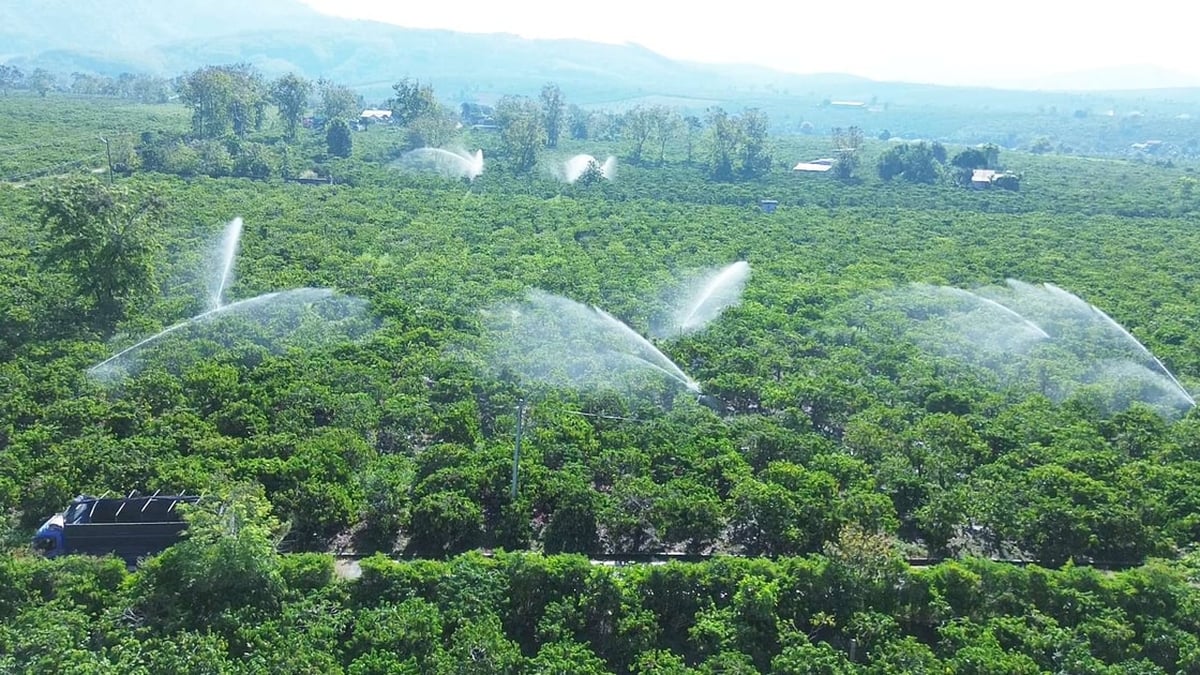
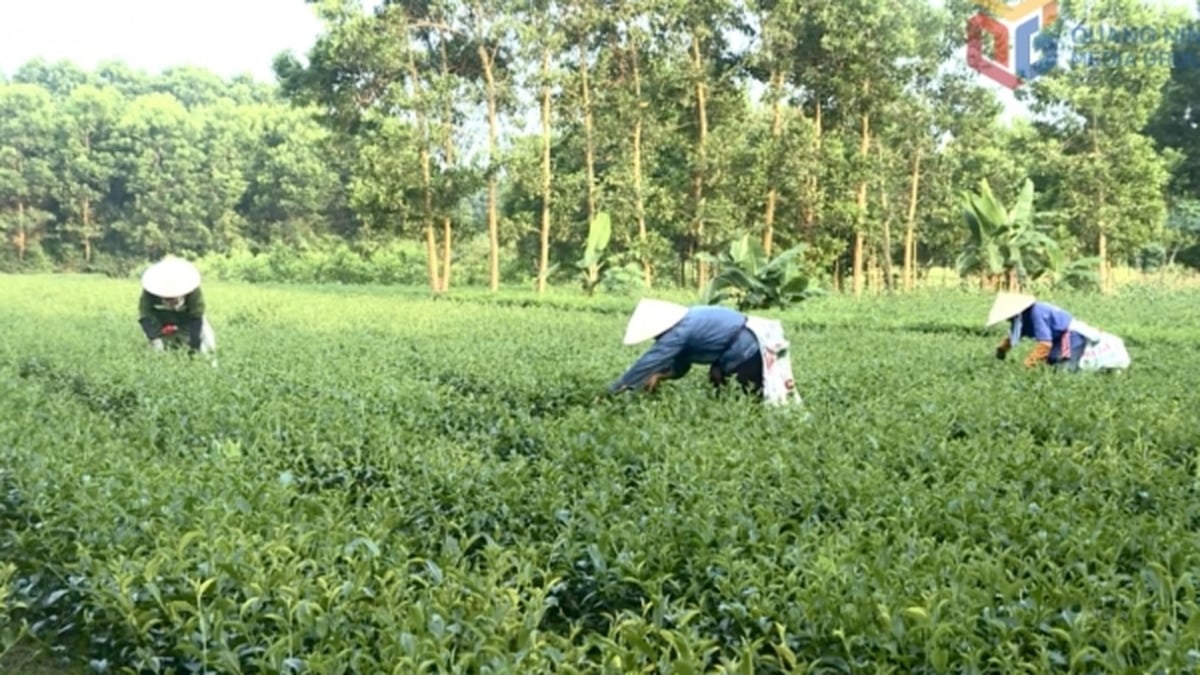



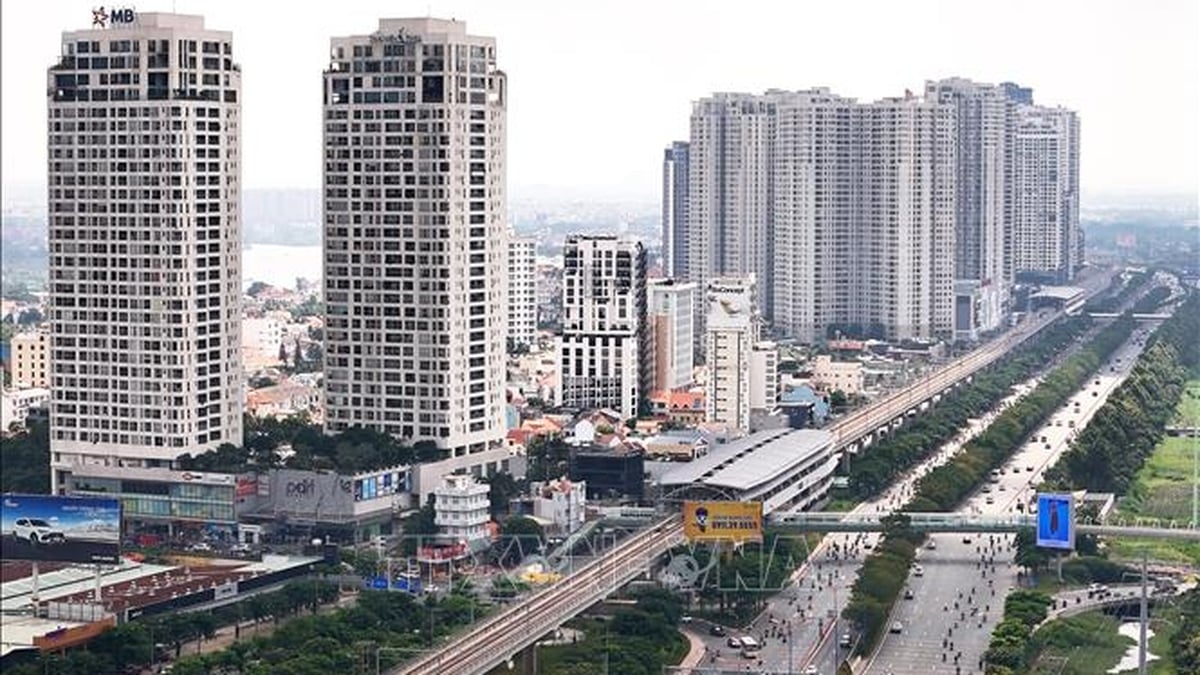

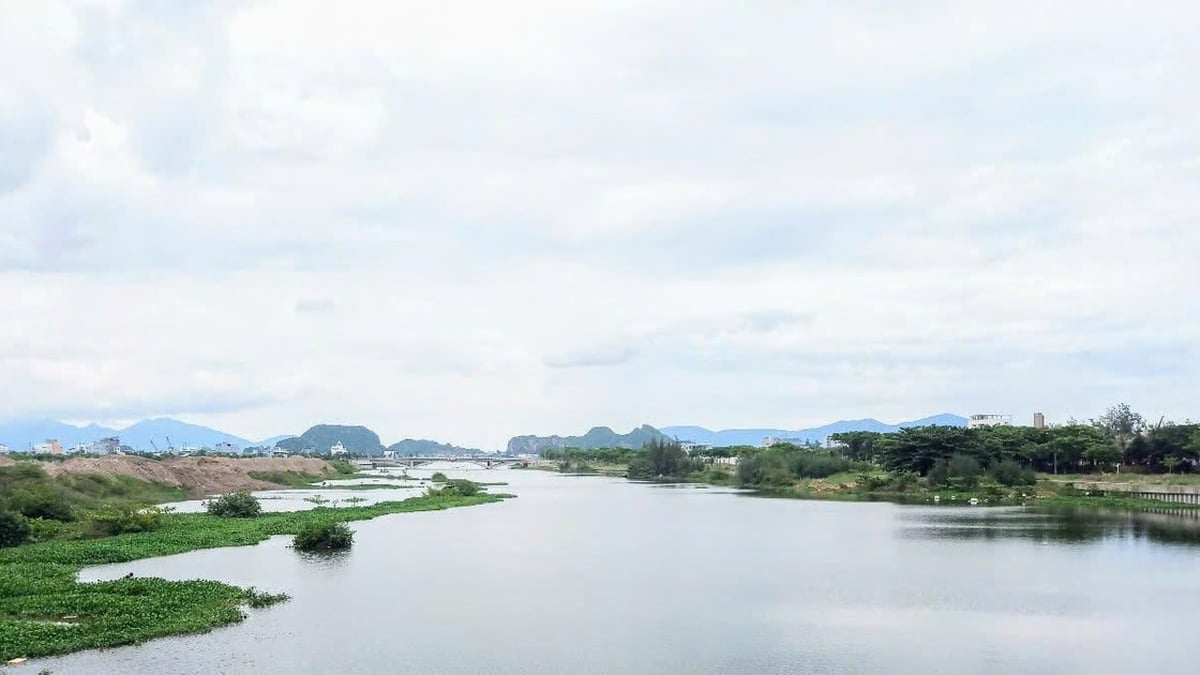













































![[Maritime News] More than 80% of global container shipping capacity is in the hands of MSC and major shipping alliances](https://vphoto.vietnam.vn/thumb/402x226/vietnam/resource/IMAGE/2025/7/16/6b4d586c984b4cbf8c5680352b9eaeb0)










































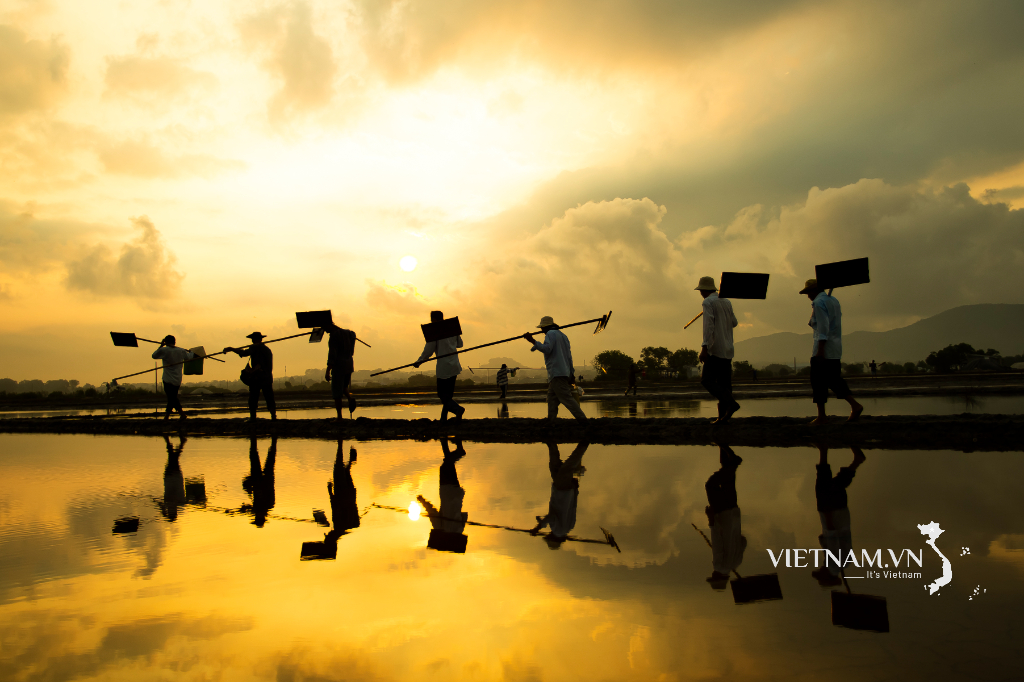
Comment (0)